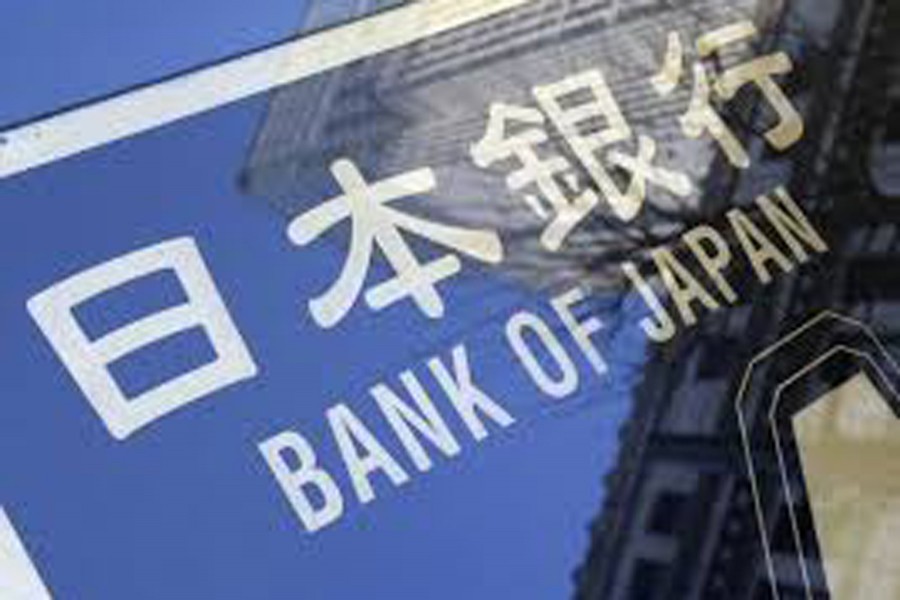Risk-taking in Japan's financial sector hit a near three-decade high in the April-September, a central bank gauge showed, in a sign years of ultra-easy monetary policy may be overheating some parts of the industry, reports Reuters.
The Bank of Japan, in a semi-annual report on the financial system, said there were no signs of excessive risk-taking among Japanese financial institutions.
But it warned that banks continue to increase real estate investment and lending to middle-risk borrowers, or companies with higher credit risk.
The report also said while the banking system generally remains stable, there is a growing divergence among Japan's approximately 100 regional banks in terms of profitability.
"Core capital ratios for domestic banks have gradually declined recently," as they struggle to earn profits that match the risks, the BOJ said in the report issued on Monday.
"In times of stress, downward pressure on the economy from the financial system, such as through a decline in financial institution's risk taking, could intensify more than in the past," it said.
Some financial institutions were also increasing high-risk lending overseas due to intensifying competition, which could make their balance sheet vulnerable to sharp rises in overseas interest rates, it said.
The index measuring excess risk-taking showed such financial activity was at its highest level since 1990, when Japan experienced the burst of an asset-inflated bubble.
The report has drawn more attention than usual as some BOJ policymakers have publicly warned of the growing demerits of the central bank's massive stimulus programme, such as the hit to bank profits from years of near-zero rates.
Responding to such concern over the rising cost of prolonged easing, the BOJ took steps in July to make its policy framework more sustainable such as allowing bond yields to move more flexibly around its zero per cent target.
The report will be among factors the BOJ takes into account when it meets for a rate review on Oct 30-31.
Many of Japan's regional banks grapple with diminishing returns from their traditional lending business and have blamed the BOJ's ultra-loose policy for their plight.
Some of them have shifted their investment targets to riskier assets, such as foreign bonds, to offset weakening profits at their core business.
But this strategy has met challenges with rising US interest rates hurting bond prices.
The BOJ and financial regulators argue that structural factors, such as a shrinking population outside Japan's biggest cities, are also behind diminishing profits at regional banks.


